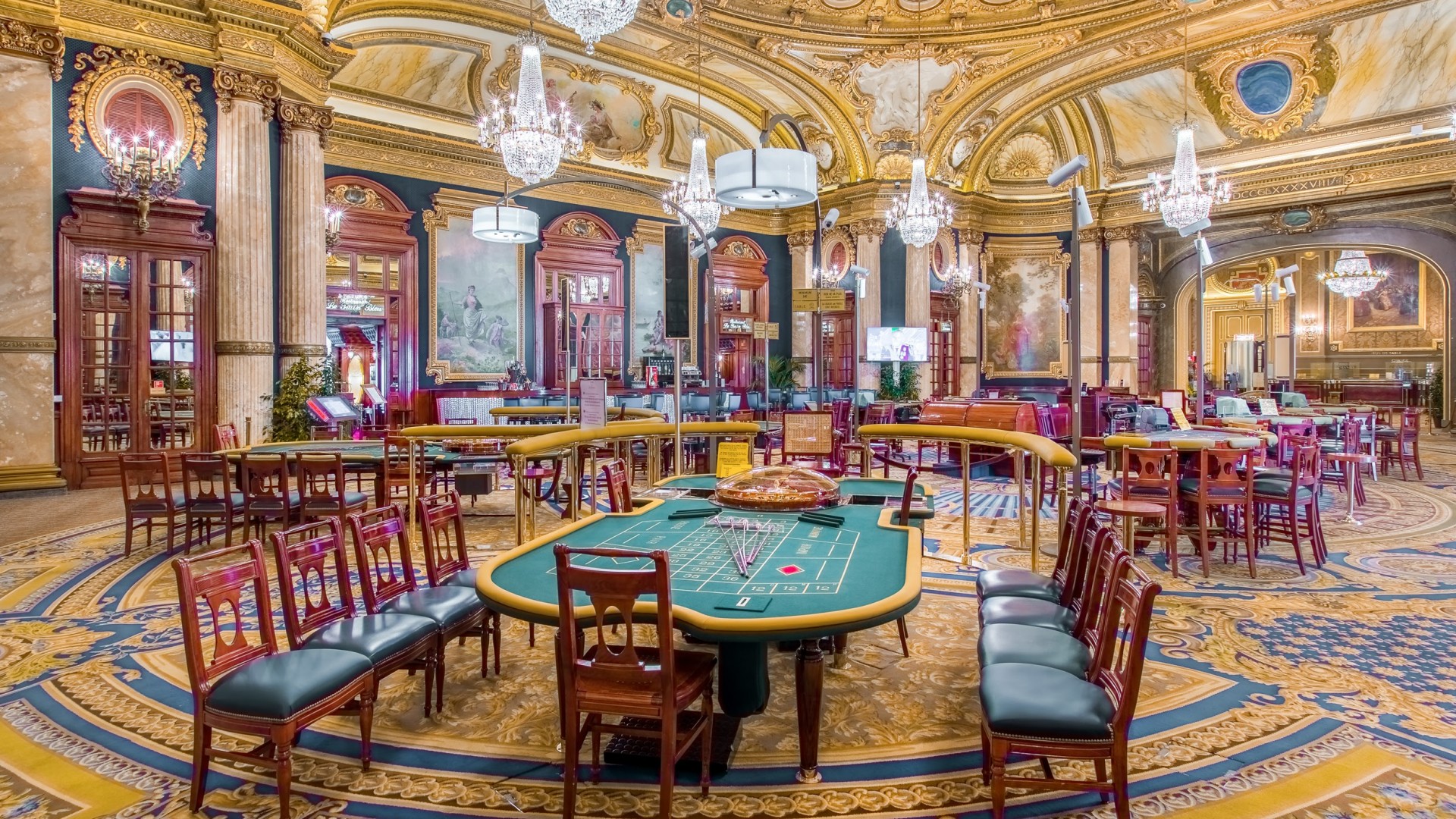
Within the lively and thrilling world of gaming establishments, where luck and tactics intertwine, color and design play a key role in attracting players. From the moment players step inside a casino or access a gaming platform, they are enveloped in a visual feast that grabs their attention and lures them to discover further. Vivid colors, captivating graphics, and creative layouts are meticulously crafted to create an atmosphere of thrill and anticipation, ultimately improving the gaming encounter.
As gamblers move through the dynamic landscape of casino games, they come across a variety of designs that not only serve visual purposes but also affect emotions and choices. Colors like scarlet and yellow symbolize riches and fortune, while calm navy and emeralds can create a much tranquil environment. Understanding how these elements work together enables casinos to create an inviting and stimulating atmosphere that encourages players to engage with the games, invest additional time at the tables, and boost their general enjoyment.
The Psychology of Hue in Casino Games
Color plays a crucial role in the development of gambling games, affecting players’ emotional states and behaviors. Vivid and striking hues, such as crimson and yellow, are often used to stimulate excitement and draw notice. These shades create a sense pressure and dynamism, encouraging players to engage more readily with the experience. By thoughtfully selecting hues, developers aim to inspire emotions of pleasure and expectation, which can enhance the total gaming experience.
Various colors also have psychological meanings that can affect how participants perceive their chances of winning. For instance, lime is frequently associated with good fortune and abundance, making it a frequent choice in activities like the roulette wheel and poker games. This connection can lead participants to feel more hopeful and confident in their gameplay, ultimately encouraging them to bet more. Trang chủ 79KING Comprehending these links allows game developers to create environments that enhance player satisfaction and engagement.
Furthermore, the interface of gambling game interfaces often employs gradients and opposing colors to direct player actions. For example, winning combinations may be accentuated with bright, opposing hues, creating a visual incentive. This method reinforces successful results and promotes repeated gameplay. By utilizing the psychology of color, casinos can design games that not only draw participants but also keep them engaged and dedicated in their play experience.
Design Features that Attract Gamers
The aesthetic appeal of gambling games is primarily influenced by the implementation of vibrant colors. Lively and contrasting colors are deliberately chosen to create an appealing atmosphere that grabs interest. For instance, reds and golds often signify good fortune and wealth, which is why they are common in the color schemes of slot machines and table surfaces. These colors not only draw players in, but they also stir emotions related to thrill and anticipation, enhancing the overall gaming experience.
In parallel to color, the aesthetic and layout of casino games play a crucial role in player attraction. Games are designed to be intuitive, ensuring that players can easily understand the rules and gameplay. User-friendly interfaces, along with captivating graphics and animations, help maintain gamer interest and promote longer play sessions. The tactile elements, such as the texture of the buttons and the sounds of the games, also contribute to a holistic sensory experience that keeps players immersed.
In conclusion, conceptual elements in game design can significantly influence gaming decisions. Many casino games are inspired by popular culture, fairy tales, or adventure themes, featuring symbols and characters that connect with players. These themes create a sense of engagement and relatability, making each game feel distinct. When players feel a connection to the theme, they are more likely to choose that game over others, leading to higher participation and excitement within the casino environment. https://79king.training/huong-dan-nap-tien-79king/
Case Studies: Notable Gambling Table Game Designs
One prime example of impressive gambling game design is the acclaimed slot machine series based around hit movies. Games such as those based on the The Wizard of Oz and Game of thrones utilize dynamic colors and top-notch graphics to immerse players in well-known narratives. The employment of dynamic visuals and captivating sound effects takes the interest of players, establishing an affective connection to the theme. This strategy not just encourages longer play but also boosts the overall gaming experience, leading to increased player retention.
Another notable case is the use of color psychology in table games like 21 and the wheel. Casinos often create these games with deep reds and greens, colors traditionally linked with luck and wealth. For instance, the emerald felt on a 21 table provides a soothing effect, while the red accents in the wheel invite thrill. This intentional use of color helps to establish an inviting atmosphere that motivates players to engage, satisfying their psychological impulses and boosting their enjoyment.
Finally, social casino games that incorporate community features and lively, lively designs have experienced remarkable success in engaging players. Games like Zynga’s Poker and Slot-O-Mania leverage bright colors and playful animations to forge an inviting online environment. The addition of leaderboards, social sharing options, and in-app rewards encourages competition and community, drawing players in for longer sessions. Such designs merely make the games visually enticing but also emphasize community engagement, a vital factor in player retention and engagement within online casino environments.
